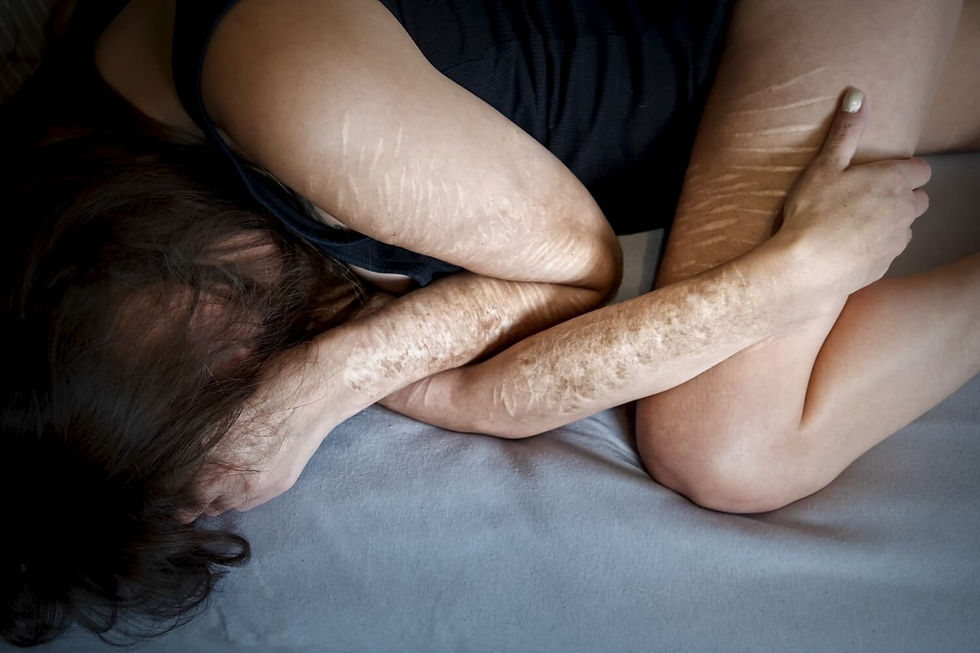
Trying to tell the difference between normal behaviors and what might be a sign of a mental illness isn't always easy. There's no definitive test that can let someone know if it’s mental illness or if actions and thoughts might be typical behaviors or the result of a physical illness.

Each diagnosis has its own symptoms, but common signs of mental illness in adults and adolescents can include:
Excessive worrying or fear
Feeling excessively sad or low
Cutting or self-harm
Confused thinking or problems concentrating and learning
Extreme mood changes, including uncontrollable “highs” or feelings of euphoria
Overactive sex drive or inappropriate sexual activity
Prolonged or strong feelings of irritability or anger
Avoiding friends and social activities
Inability to get our of bed
Difficulties understanding or relating to other people
Changes in sleeping habits or feeling tired and low energy
Changes in eating habits such as increased hunger or lack of appetite
No sex drive
Difficulty perceiving reality (delusions or hallucinations, in which a person experiences and senses things that don't exist in objective reality)
Inability to perceive changes in one’s own feelings, behavior or personality (”lack of insight” or anosognosia)
Excessive use of alcohol or drugs
Multiple physical ailments without obvious causes (such as headaches, stomach aches, vague and ongoing “aches and pains”)
Thoughts about suicide or wishing to no longer exist
Inability to carry out daily activities or handle daily problems and stress
An intense fear of weight gain or concern with appearance

Mental health conditions can also develop in young children. Because they’re still learning how to identify and talk about their thoughts and emotions, their most obvious symptoms are behavioral. Symptoms of mental illness in children include:
Changes in school performance
Excessive worry or anxiety, for instance fighting to avoid bed or school
Hyperactive behavior
Frequent nightmares
Frequent disobedience or aggression
Frequent temper tantrums


Comments